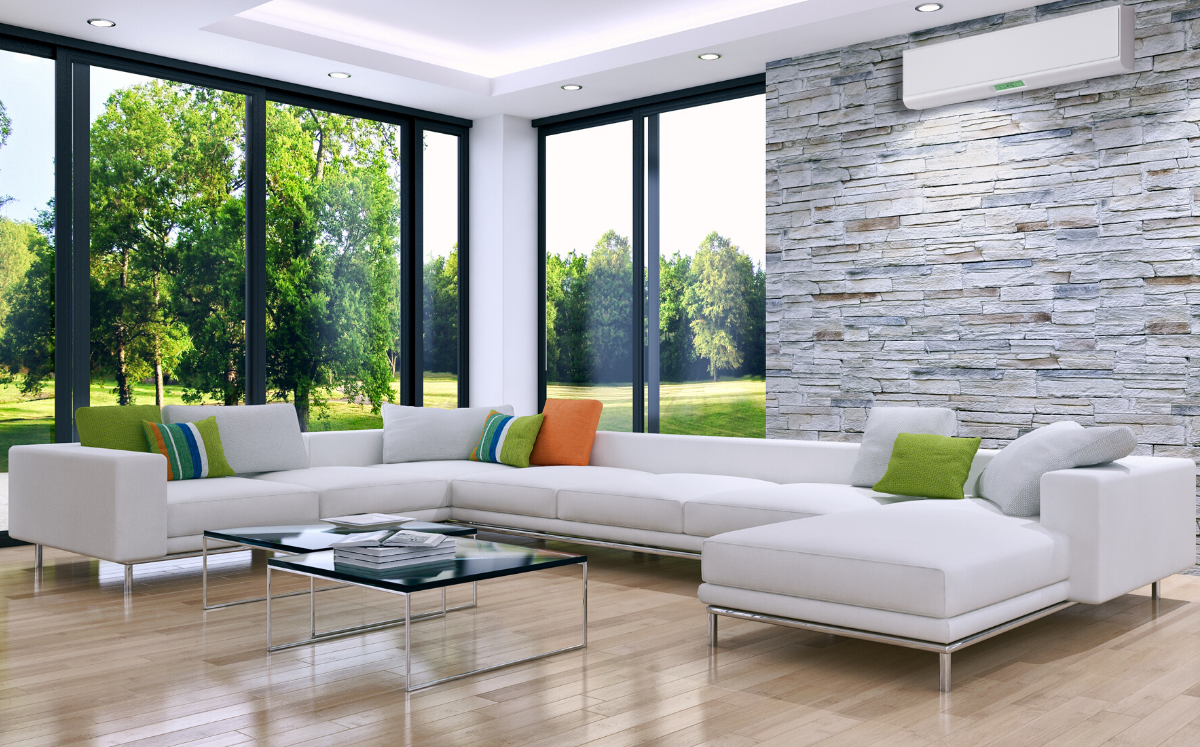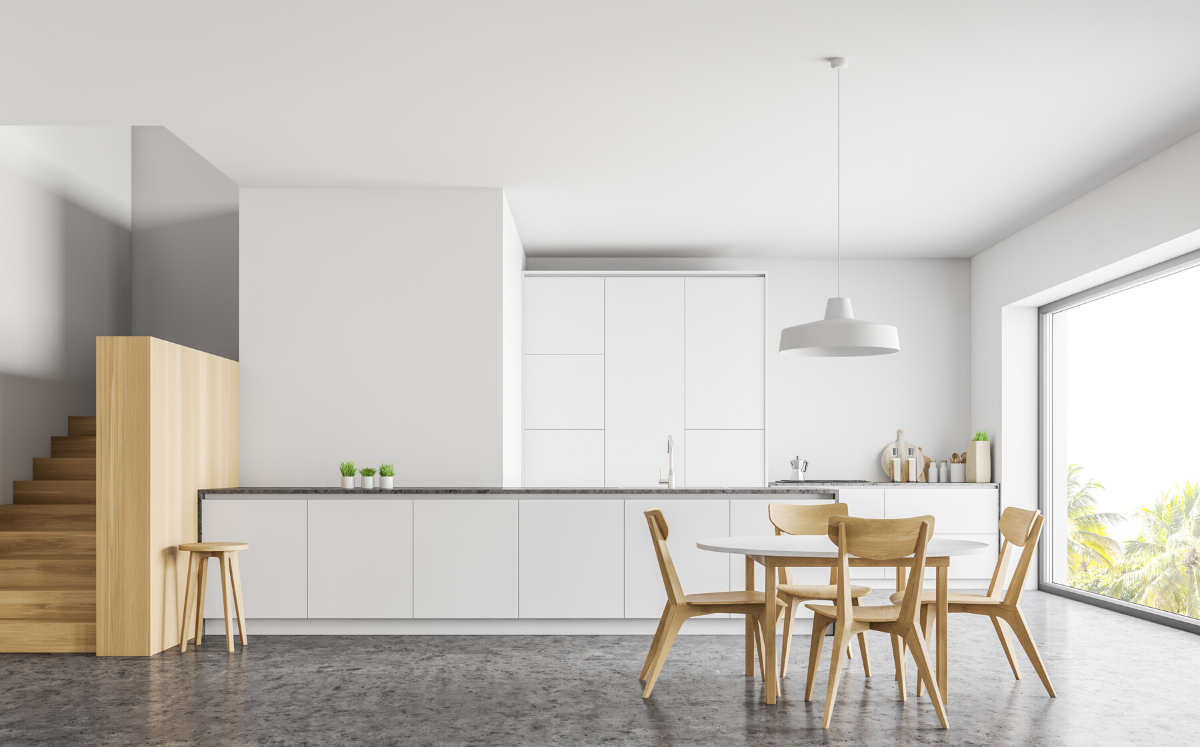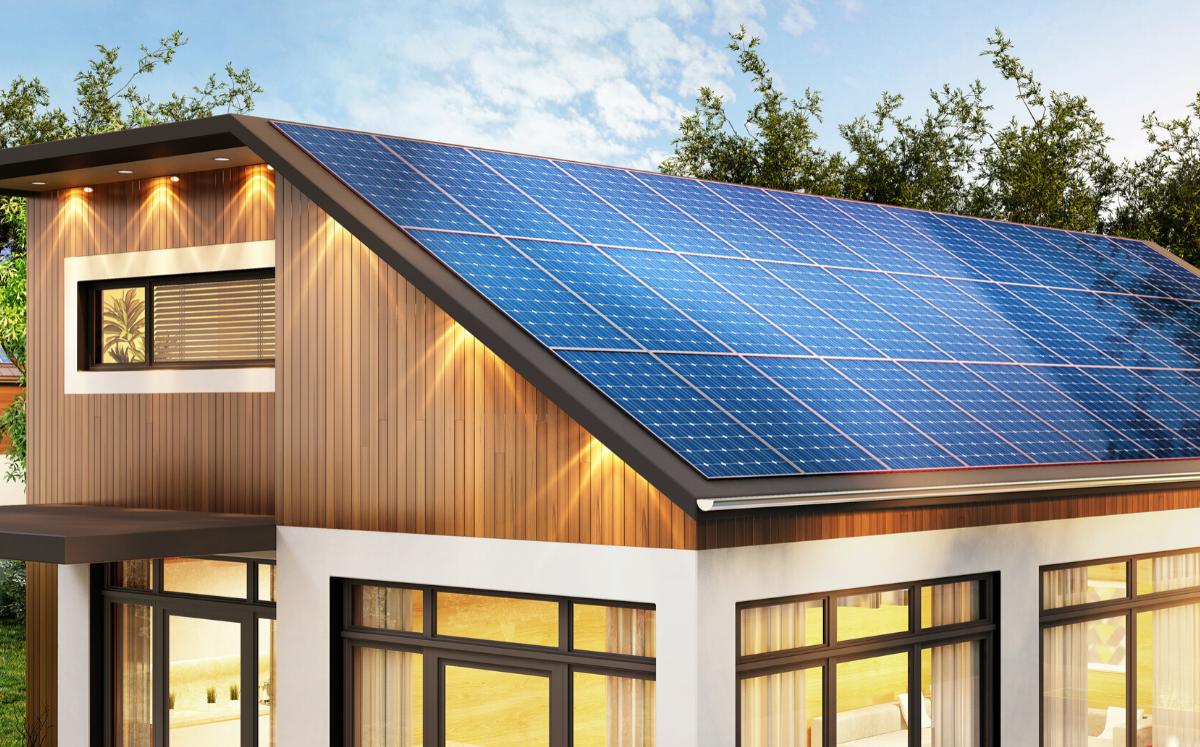
We are just a few days away from heading into a new decade. During the future that is opening before us, we will tackle endless human and technical challenges. The field of architecture is no exception; many of these challenges are set to inspire fascinating architectural trends in 2020. For this reason, we have drawn inspiration from renowned international publications and compiled a list of some of these trends:
Zero-energy buildings
The construction of zero-energy buildings is going to be one of the most significant trends of this coming year. These buildings represent the sector’s response to climate change, which is an urgent concern of global proportion. Previously, in 2017, the US Energy Information Administration reported that the construction industry was responsible for nearly 40% of the energy consumption in the country. Additionally, the International Energy Agency listed the industry’s global consumption at just under 30%. Therefore, architecture’s demand and supply is pushing the industry towards making advancements in the name of sustainability.
In this respect, California is at the forefront of sustainable construction. It is going to require all new homes to incorporate built-in solar energy systems from 2020 onwards. Whether it’s building homes with built-in solar panels or other renewable energy systems, the field of architecture is likely to follow this trend and modernise in line with the new sustainability standards.
Open-plan spaces with defined living areas
Although open-plan designs have been a trend in residential architecture for several decades, the approach has become much more nuanced. Spaces are now more defined while remaining open and without walls.
Which means architects have started to play more when designing rooms, for instance, by using different materials. Examples of this are large-format quartz surfaces for kitchen worktops, and marble or stone chimneys in living areas.
The importance of outdoor spaces
Another ever more popular trend, which is set to reach its full potential in 2020, is the re-introduction of balconies, terraces and patios as main features in architectural design. The open-air will once again be a fundamental part of our lives — and not just in summer!
As a result, outdoor spaces will be able to provide enjoyment throughout the year. The architectural trend consists of adapting these spaces, so they are neither hot nor cold areas during different seasons. Therefore, glass curtain walls are going to gain popularity, as they make it possible to use these spaces during warmer weather. On the other hand, during the colder months, mobile heaters will gain a stronger foothold on terraces and balconies.
The growing prominence of kitchens and bathrooms
These two incredibly important spaces will take on the prominence they deserve in 2020. In a sense, kitchens can already be considered the epicentre of our everyday life. However, the introduction of high-quality materials and concepts, such as kitchen islands, will ensure that this space leaves behind its functional roots and fully becomes the heart of the family and the home. The architectural world is no stranger to this tendency and this space will be especially highlighted next year.

Meanwhile, bathrooms are no longer just spaces for personal care and hygiene. Different lifestyle trends have transformed this room into an area designated for rest and relaxation after a hard day’s work. Interior design is drawing from these trends and emphasising this space by using materials such as marble and quartz.
Smart homes
Sustainable energy has started to come to the forefront due to a pressing need for it, as well as digital advancements which govern these new times. The 21st century has placed technology at the centre of our lives, and architecture is no exception. As a result, new designs for 2020 have an emphasis on automation.
Building smart homes, and even entire buildings, require automated systems which control lighting, temperature and security. A smart building provides its tenants with two key features: greater comfort and lower energy use. Additionally, this also allows users to save money on energy bills. Consequently, smart architecture is set to truly take off in 2020 as the sector attempts to reduce its impact on the planet.


